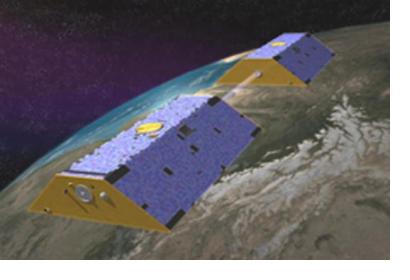A new technique has been developed to help mitigate the effects of drought. The satellite-based drought severity index (DSI) has been created using terrestrial water storage changes from the Gravity Recovery and Climate Experiment (GRACE) to help identify the timing, extent and severity of droughts for adequate relief efforts.
The GRACE-DSI allows the comparison of data across regions and periods, measuring soil-water balance models and meteorological data accurately. This technology also captures changes in water storage due to human impact, along with groundwater extractions that alter land surface course and impact water management.
The extensive coverage of GRACE-DSI facilitates a better assessment of hydrological droughts on a regional and global scale. GRACE-DSI complements traditional drought monitoring metrics like the Palmer Drought Severity Index (PDSI) supporting data on water storage that influences soil moisture restoration and drought recovery. This is particularly useful in researching the spread of droughts.
In places where ground readings can be particularly challenging to collect, the GRACE-DSI is able to provide globally consistent drought monitoring data based on satellite gravity observations. In addition, the GRACE-DSI can be useful for studying water-plant interactions, looking at the variations in plant roots and seasonal characteristics of water supply stresses that influence vegetation growth.

